Your Cart is Empty
Free Shipping Worldwide
Menu
-
- NEW
- Paintings
- Exhibitions
-

Past Exhibitions
-
Subscribe to receive your exclusive preview of exhibitions prior to opening.
You will be able to view and purchase exhibition artworks before they go live.
-
Subscribe
-
- Collections
- Artists
-

Explore More Artist Bio's >
- High Profile
- Popular Searches
- Featured
-
About the Artists
Our vibrant and dynamic artists are from the Utopia region; a large remote area of Central Australia which, until recently, had no government funded art centre. As a result of their pioneering efforts, they have one of the strongest and richest art histories.
-
- Subjects + Stories
-
- Stretch your painting
- Shipping
- Layby / Afterpay
- News & Info
- FAQ
- Subscribe
- About
- Login
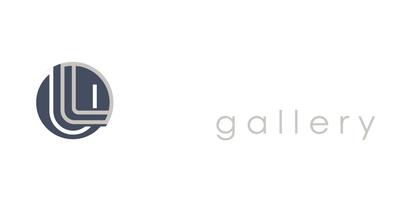
0
Your Cart is Empty
Free Shipping Worldwide


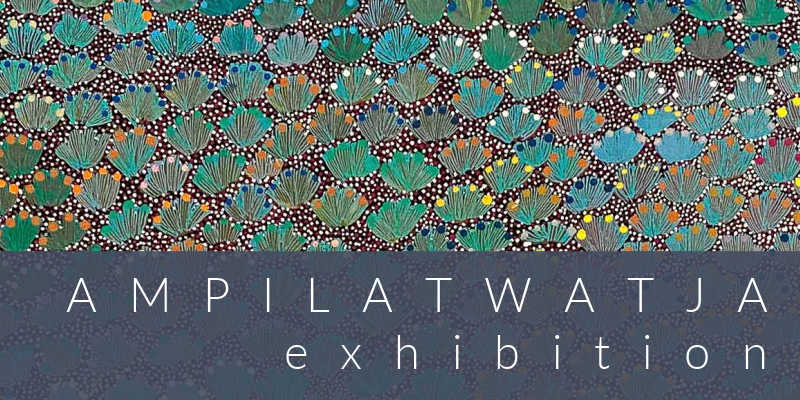

























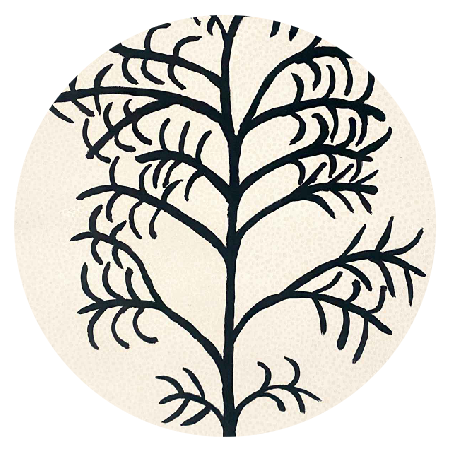
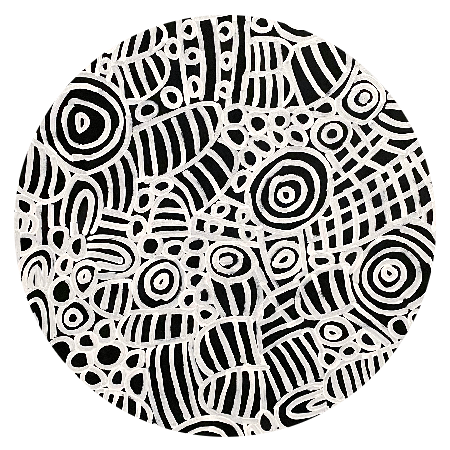
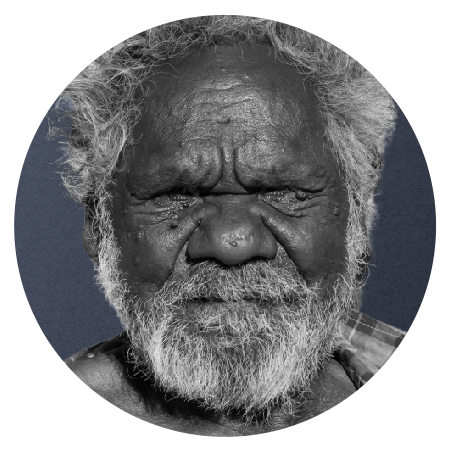
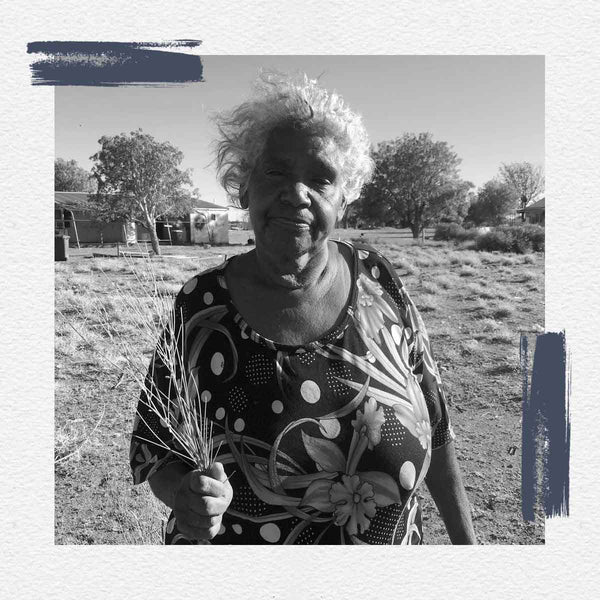
Nicola Gilham
December 23, 2017
Thank you for a wonderfully expressive narrative. I felt like I was meeting with the artists as well.